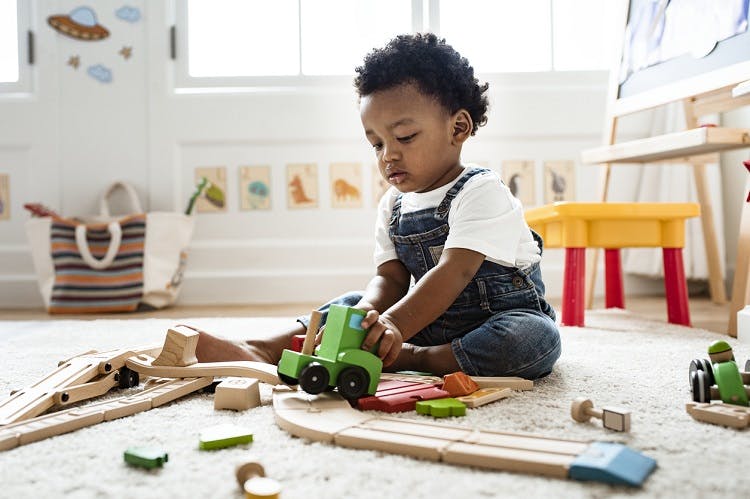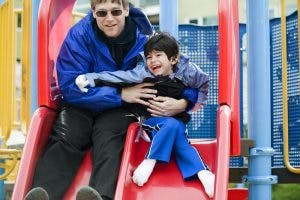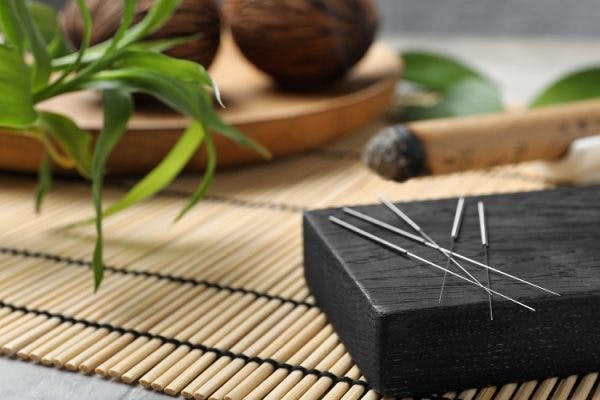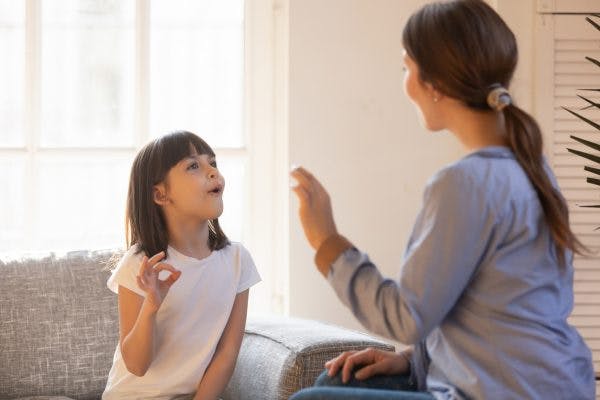Play has an essential role in the natural development of cognitive, emotional, and motor skills in children. Many behaviors can be observed through watching a child play, which makes it an ideal therapy for individuals with developmental disabilities like cerebral palsy.
To help you understand what play therapy is and how it can help individuals with cerebral palsy, this article will discuss:
- What is play therapy?
- How cerebral palsy may interfere with play therapy
- Benefits of play therapy for cerebral palsy
- What to expect in a play therapy session
What is Play Therapy?
The Association for Play Therapy defines play therapy as:
“the systematic use of a theoretical model to establish an interpersonal process wherein trained play therapists use the therapeutic powers of play to help clients prevent or resolve psychosocial difficulties and achieve optimal growth and development.”
Rather than verbally communicating, young children often express themselves through their actions and behaviors. In play therapy, play serves as the primary form of communication. This allows the therapist to better understand what the child is feeling or experiencing through observation of them in a natural environment, rather than through a discussion or other more formal task.
Using therapeutic techniques during play is a great way to promote emotional learning in a way that children can understand. When you place a child in a fun setting and surround them with toys, they’re more likely to engage and open up. Play therapy is widely used to treat children’s emotional and behavioral problems because of its ability to promote creativity and exploration.
How Cerebral Palsy that May Interfere with Play Therapy

Due to their motor impairments, children with cerebral palsy may not be able to move as much as they’d like during play therapy. However, it’s important to encourage your child to explore and try to engage as much as they can so that they can develop a sense of independence.
If you try to recreate the environment at home, do not be overly accommodating and bring all of the toys right to them. Let your child figure things out on their own.
A large part of play therapy is understanding the connection between your actions and feelings, as well as verbally communicating them. Children with cerebral palsy can have oral motor impairments, where they cannot control the muscles in the mouth. This makes it difficult to speak and can increase feelings of frustration, even in a play setting. Through play therapy, children can learn how to better express and manage these negative feelings.
Up next, we’ll discuss the various benefits of play therapy for individuals with cerebral palsy.
Benefits of Play Therapy for Cerebral Palsy
Cerebral palsy is a motor disability, meaning that it primarily affects movement, balance, coordination, and posture. However, individuals with cerebral palsy often develop problematic behaviors such as aggression or anti-social behaviors due to their motor impairments, which may be exacerbated if they are unable to express themselves. As a result, engaging in play therapy may help them learn more effective ways to cope.
Additionally, cerebral palsy often co-occurs along with other conditions such as cognitive disabilities, which can also benefit from play therapy. While play therapy is primarily a behavioral therapy, it can help individuals with cerebral palsy improve a wide range of other developmental skills.
Benefits of play therapy for cerebral palsy include improved:
- Fine motor skills
- Sensory coordination
- Creativity
- Cognition
- Self-esteem
- Communication
- Decision-making
- Psychological state (reduced anxiety and depression)
- Behavior
Play therapy is ideal for children between the ages of 3-12; however, teenagers and adults can also benefit from engaging in it.
In the following section, we’ll discuss what you can expect in a play therapy session.
What to Expect in a Play Therapy Session

In a play therapy session, the child will have a large variety of toys laid out in front of them. They’ll be encouraged to play however they want. From there, the play therapist will observe and adapt the session to your child’s individual needs. A certified play therapist helps guide your child through activities and observes their behaviors. Depending on your child’s skills and needs, play therapists may see your child in a one-to-one session or include them in a group session with peers to better observe and address certain skills.
Generally, behavioral and communication problems cannot be fixed in one or two sessions. Multiple sessions will be required as your child builds a trusting relationship with the play therapist and learns to adopt new behaviors.
Check out the video below to see play therapy in action!
Play therapy allows you to see the world from the child’s perspective. Notice how the play therapist allows the child to make their own decisions and explains what the child is doing and feeling. Play therapists help children understand what they’re feeling so that instead of acting out, they can learn to better communicate their feelings.
Play Therapy for Cerebral Palsy: Key Points
If your child has cerebral palsy, play therapy may help improve their communication, cognitive, gross motor, and fine motor skills. It encourages children to think, explore, socialize, and move around in a fun and engaging way where they’re in control of their environment.
Play therapy is effective because a certified play therapist guides the session, identifies problematic behaviors, and then offers helpful resources and advice.
Hopefully, this article opened your eyes to the power of play and how it can be used to promote better behavior, thinking, and mobility.











